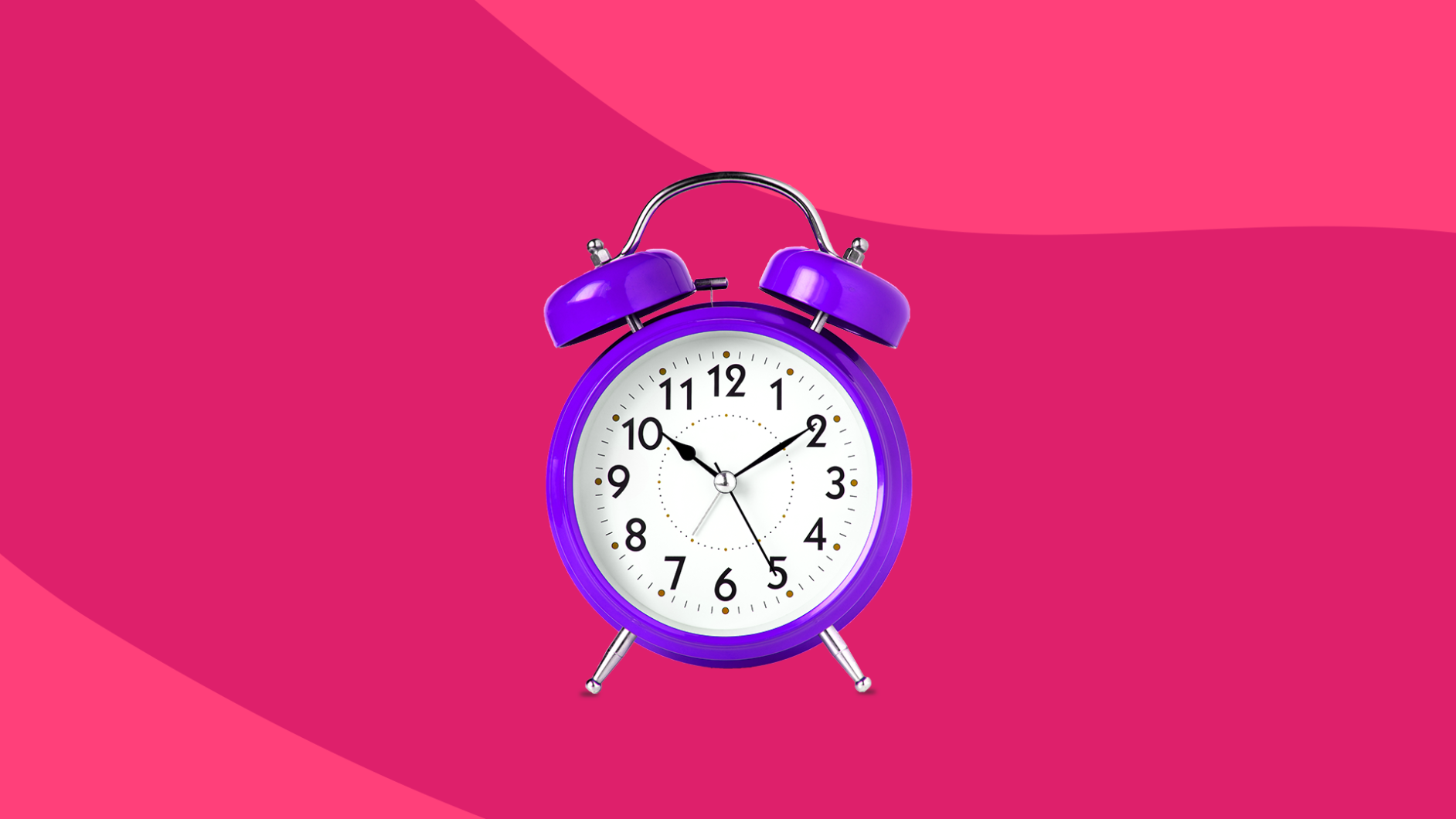The November “fall back” to standard time can seem like a good deal. After all, there’s the advantage of an extra hour of sleep—as long as you don’t have kids (who often don’t adjust quickly to time changes) or work the graveyard shift (when you’ll be stuck working an extra hour). But, the reality is most people don’t get that extra sleep when we switch from daylight saving (no ‘s’) time back to standard time.
Time changes—whether they are from travel, fall back, or spring ahead—can wreak havoc on your internal clock and have a real impact on your health.
The effects of daylight saving time on your health
The hour difference in mid-fall and again, four months later in early spring can cause headache and heartache—both literally and figuratively.
1. Time changes can trigger migraines.
People with migraines are advised by experts to stick to a normal schedule. That’s hard to do when we have to change the clock twice a year. Add changes in barometric pressure and other seasonal shifts happening while we’re adjusting the clock, and those susceptible to migraines can really suffer.
Plus, the transitions in and out of daylight saving time can affect the body’s circadian rhythms, which release hormones that affect sleep. The American Migraine Association warns that, “Having an inconsistent sleep cycle can trigger migraines.” Children can also suffer an uptick in migraine symptoms.
2. Time change might not throw off your medication schedule.
If you are worried about how the time change affects your daily medication schedule, you don’t need to. “In the real world, patients already take their medications on a schedule that varies by one hour plus or minus,” says Krista B. Ellow, Pharm.D., author of Not Another Prescription for My Chronic Condition.
Whether it’s eye drops, injectables, blood pressure medication, or insulin, Dr. Ellow explains that—for most drugs—it would “not cause serious impact to a patient’s day if they took it one hour before or after their normal time.” However, she suggests those using inhalers for COPD and asthma could feel the time change and therefore should keep a rescue inhaler close by. “A on- hour time change is nothing compared to how a patient’s medication regimen may change over the weekend when their sleep, work, and play schedules turn upside-down.”
3. Time changes can cause heart trouble…in the spring.
There may be a little good news at this time of year. The American Heart Association says that while researchers in Sweden, “found an average 6.7 percent greater risk of heart attack in the three days after the spring change … By contrast, risk for heart attack dropped 21 percent on the Tuesday after the fall time change.”
4. Time changes influences your mood.
However, a 2016 study found a spike in depression during the switch back to standard time in the fall. Looking at a database of more than 180,000 people, researchers from the departments of psychiatry and political science at the universities of Aarhus, Copenhagen, and Stanford found “the transition from summer time to standard time were associated with an 11% increase . . . in the incidence rate of unipolar depressive episodes.”
There was no corresponding uptick in the change to daylight saving time in the spring. “One possible explanation is that the sudden advancement of sunset from 6 p.m. to 5 p.m . . . which in Denmark marks the coming of a long period of very short days, has a negative psychological impact on individuals prone to depression, and pushes them over the threshold to develop manifest depression,” the authors write.
5. Time changes can affect your weight.
Poor, or too little, sleep affects your willpower and your appetite. When you get less sleep, you’re more likely to crave more calorie dense, high carb foods that will give you a quick boost of energy. And, you’re less likely to have the mental strength to resist that hunger.
Tips for adjusting to daylight saving time
Starting Nov. 6, it’s going to be darker when you wake up in the morning and darker when you get home. And as we tick closer to the shortest day of the year on Dec. 21, each day until then, we’ll also have fewer daylight hours. To deal, here are some tips:
Know that it’s only temporary.
The rule of thumb is that it takes about a day to adjust for every hour of time difference, though the effects of daylight saving can seem drastic in the moment. Keep in mind that your body will acclimate to the change, likely sooner rather than later.
Create a light experience for yourself.
That may mean using a light lamp in the early morning when it’s still dark. Or, it could simply mean making a point to expose yourself daily to 20 minutes of sunlight. Light can activate the hypothalamus in your brain and restore circadian rhythm.
Fill your morning with activity, including exercise.
“Research suggests that exercise is the best way to minimize depression,” says Maria Torroella Carney, MD, the chief of Geriatrics and Palliative Medicine at Northwell Health. So get up and out and move your body.
Take a warm shower.
The negative ions in the water can have a positive effect. Research has credited negative ions—odorless, tasteless, and invisible molecules—with increasing psychological health, lessening anxiety, and boosting overall well-being. It’s believed that when negative ions reach our bloodstream, they increase serotonin levels, which, in turn, help alleviate depression and can even be an energy booster.
Plan ahead.
For those concerned about the health dangers associated with the change back to daylight saving time in March, plan ahead. The theory behind time changes and mood changes exists, says Dr. Carney. “What we don’t know is how to prevent this,” she says. “What we do know is that exercise throughout the year can prevent and minimize mood changes.”
Hope for it to be eliminated.
Daylight saving time began as an effort to make better use of daylight and to conserve energy by using less artificial light. But, the concern over the health effects of this kind of time travel has made it all the way to state and national legislative agendas. Many are lobbying for a final fix. Their solution—keep daylight saving time year round because it’s standard time that really draws the most ire.
In Mar. 2022, the Senate approved the Sunshine Protection Act. This would make daylight saving time the new, permanent standard time in November 2023. The measure must still pass through the House of Representatives, then go to the president before officially becoming law.
If we spring forward permanently, we won’t have to worry about falling back ever again.











